Diva
✅ Manages Seizures
✅ Treats Bipolar Disorder
✅ Mood Stabilization
✅ Prevents Migraines
✅ Prescribed by Physicians
Divaa contains Divalproex Sodium IP.
Product Overview
Divaa is a pharmaceutical formulation containing Divalproex Sodium IP as its active component. This prescription medication is primarily indicated for managing epilepsy, bipolar disorder, and migraine prophylaxis. Classified as an anticonvulsant and mood stabilizer, it functions by modulating neurotransmitter balance in the central nervous system. The product is manufactured in multiple dosage forms including immediate-release tablets, extended-release formulations, and oral solutions to meet diverse therapeutic requirements.
Therapeutic Indications
This medication is clinically approved for seizure control in various epilepsy syndromes through stabilization of neuronal electrical activity. In psychiatric applications, it serves as an effective prophylactic agent against manic episodes associated with bipolar affective disorder. The formulation also demonstrates efficacy in migraine headache prevention, significantly reducing both attack frequency and intensity when administered as maintenance therapy.
Administration Guidelines
Strict adherence to prescribing physician’s instructions is mandatory. Oral administration with meals is recommended to mitigate potential gastrointestinal discomfort. Tablets must be ingested intact; crushing or chewing may compromise drug release kinetics. For liquid formulations, precise measurement using calibrated devices is essential, with optional mixing in small quantities of aqueous or soft food vehicles. Dosage adjustments should only be made under medical supervision.
Mechanism of Action
Divalproex Sodium exerts its pharmacologic effects through multiple pathways. The compound enhances GABAergic neurotransmission by increasing concentrations of gamma-aminobutyric acid, the primary inhibitory neurotransmitter in the CNS. This action modulates neuronal excitability and stabilizes membrane potentials. Additional mechanisms include voltage-gated sodium channel modulation and potential effects on secondary messenger systems, collectively contributing to its anticonvulsant, mood-stabilizing, and migraine-prophylactic properties.
Dosage Protocol
Therapeutic regimens are individualized based on diagnosis, patient characteristics, and treatment response. Initiation typically follows a titration protocol, commencing with subtherapeutic doses that are gradually escalated to achieve optimal plasma concentrations. Standard dosing frequency ranges from twice to thrice daily, with extended-release formulations permitting once-daily administration. Maintenance of strict dosing schedules is crucial for therapeutic drug level consistency.
Therapeutic Advantages
Clinical benefits include significant reduction in seizure frequency for epileptic patients, mood episode prevention in bipolar disorder, and decreased migraine incidence. The medication demonstrates particular efficacy in:
– Complex partial seizures
– Mixed bipolar episodes
– Refractory migraine cases
Proper utilization can enhance neurological and psychiatric symptom management, potentially improving overall functional capacity and quality of life metrics.
Adverse Effect Profile
Common treatment-emergent phenomena may include:
– Gastrointestinal disturbances (nausea, emesis, diarrhea)
– Neurological effects (somnolence, vertigo, tremor)
– Metabolic alterations (weight fluctuations)
– Dermatological manifestations (alopecia)
Most adverse reactions are dose-dependent and often transient. Persistent or severe symptoms warrant clinical evaluation.
Important Precautions
The following boxed warnings apply:
– Increased suicidality risk in pediatric and young adult populations
– Potential hepatotoxicity requiring periodic monitoring
– Teratogenic potential (neural tube defects)
– Pancreatitis risk
Abrupt discontinuation is contraindicated due to potential rebound phenomena. Comprehensive medication reconciliation is essential due to numerous potential pharmacokinetic interactions.
Storage Conditions
Maintain product integrity by storing at controlled room temperature (15-30°C) in original packaging. Protect from humidity and light exposure. Keep all pharmaceutical preparations securely stored away from pediatric access. Proper disposal methods should be employed for expired or unused medication in accordance with regional pharmaceutical waste regulations.
Medical Disclaimer
The provided information represents curated, evidence-based data that has undergone medical review. This content is strictly educational and should not supersede professional medical judgment. The summary does not encompass all potential adverse effects, contraindications, or drug interactions. Healthcare providers should be consulted for personalized therapeutic recommendations. This information serves to complement, not replace, the essential physician-patient relationship.
| Strength | 250 mg, 500 mg |
|---|---|
| Quantity | 30 Tablet/s, 60 Tablet/s, 90 Tablet/s, 180 Tablet/s |
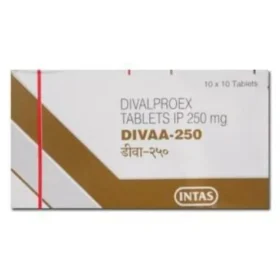 Diva
Diva









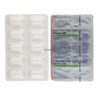
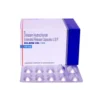
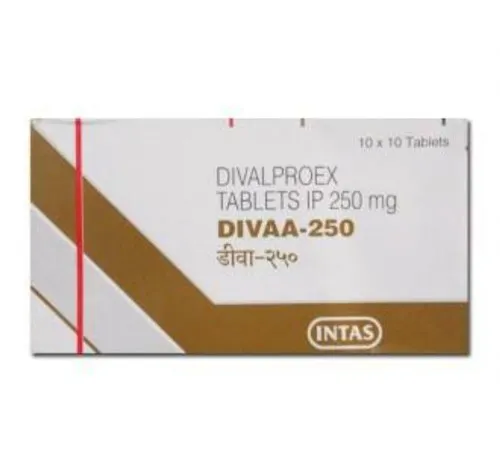
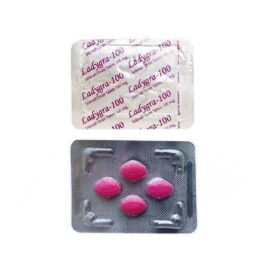

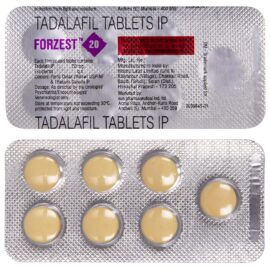
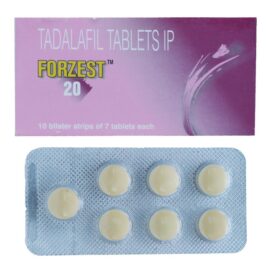
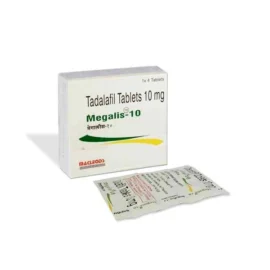
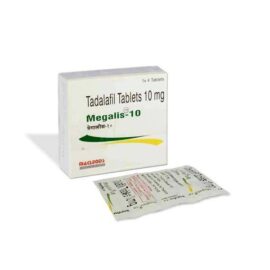
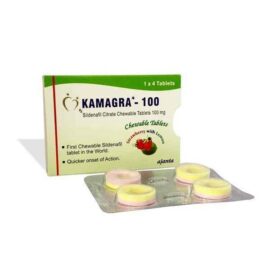
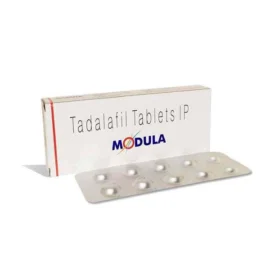
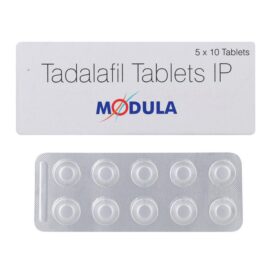
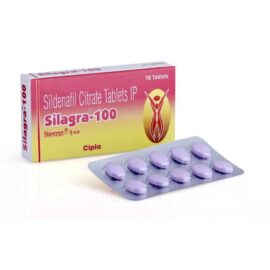
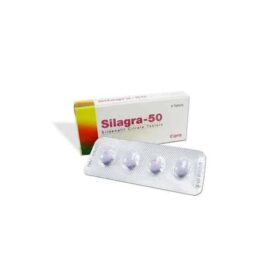


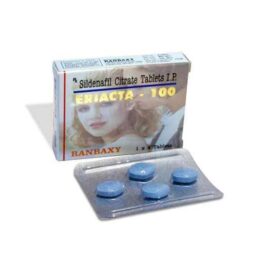
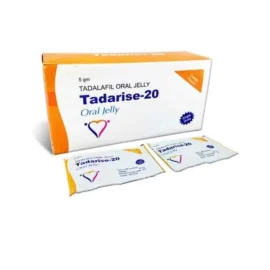
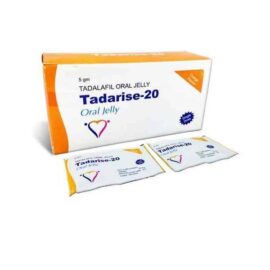
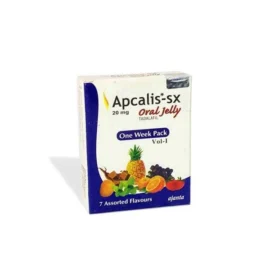
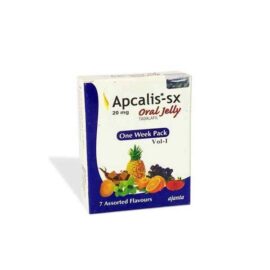
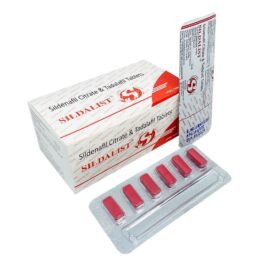
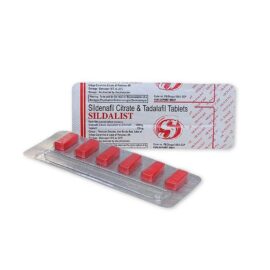
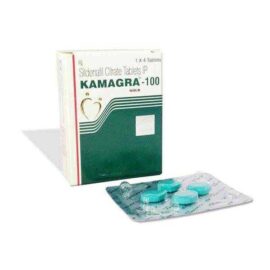
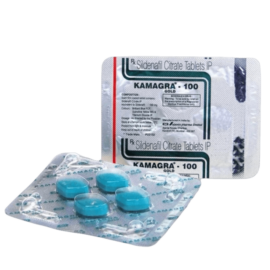
Reviews
There are no reviews yet